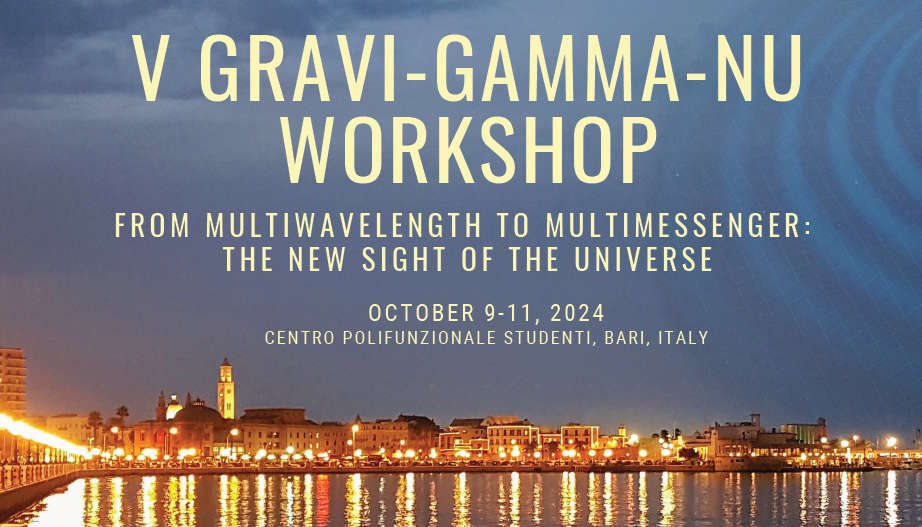Speaker
Description
I will present a novel framework designed to assess the background count rate for spaceborne high-energy detectors—a critical step in identifying faint astrophysical transients. The approach integrates a neural network to estimate background light curves across various timescales and leverages a rapid change-point and anomaly detection technique, Poisson-FOCuS, to flag statistically significant excesses in observed counts. We’ve tested this methodology using archival data from NASA's Fermi Gamma-ray Burst Monitor (GBM), which shares similar parameters with the HERMES Pathfinder. Our results confirm several known events, including solar flares and gamma-ray bursts from the Fermi-GBM catalog, while also identifying previously unreported events potentially linked to solar flares, terrestrial gamma-ray flashes, gamma-ray bursts, and galactic X-ray flashes. I'll discuss the performance of the neural network under different solar activity conditions and share insights from a deeper analysis of seven newly identified events, including localization estimates and tentative classifications.

